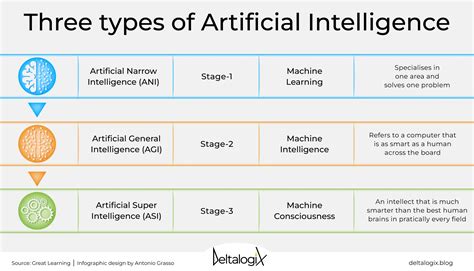Introduction
Pet health monitoring and diagnosis are crucial for ensuring the well-being of our furry companions. Traditional veterinary medicine has relied on physical examinations, laboratory tests, and imaging techniques. However, advancements in technology have introduced innovative tools and approaches that are transforming the way we care for our pets’ health.

Artificial Intelligence (AI) in Pet Healthcare
AI has emerged as a powerful tool in pet health monitoring and diagnosis. AI algorithms can analyze vast amounts of data, including veterinary records, medical images, and wearable device metrics, to identify patterns and predict health risks. This allows for early detection of diseases, proactive treatment planning, and personalized care for each pet.
Benefits of AI in Pet Healthcare:
- Early disease detection: AI algorithms can detect subtle changes in health parameters that may not be noticeable during a physical examination.
- Personalized treatment plans: AI can personalize treatment plans based on individual pet’s breed, age, lifestyle, and health history.
- Remote monitoring: Wearable devices and sensors connected to AI platforms enable remote monitoring, allowing pet owners to track their pet’s health from anywhere.
Veterinary Surgeons (VS) in Pet Healthcare
Veterinary surgeons play a vital role in pet health monitoring and diagnosis. They possess extensive knowledge in animal anatomy, physiology, and pathology. VS perform physical examinations, diagnostic tests, and surgical procedures to diagnose and treat a wide range of health conditions.
Benefits of Veterinary Surgeons in Pet Healthcare:
- Expert diagnosis: VS are trained to provide accurate diagnoses based on their knowledge and experience.
- Surgical interventions: VS perform complex surgical procedures to resolve health issues that cannot be treated with medication or non-invasive therapies.
- Emergency care: VS are available for emergency care, providing immediate life-saving treatment for pets in critical condition.
AI vs VS: A Comparative Analysis
The emergence of AI in pet healthcare raises questions about its impact on the role of veterinary surgeons. While AI offers powerful tools for early detection and remote monitoring, it cannot replace the expertise and surgical skills of VS.
Table 1: AI vs VS in Pet Healthcare
| Feature | AI | VS |
|---|---|---|
| Early disease detection | Strong | Moderate |
| Personalized treatment plans | Strong | Moderate |
| Remote monitoring | Strong | Weak |
| Surgical interventions | Weak | Strong |
| Emergency care | Weak | Strong |
Effective Strategies for Pet Health Monitoring and Diagnosis
Combining AI and VS expertise can maximize the effectiveness of pet health monitoring and diagnosis.
Effective Strategies:
- Integrate AI tools into veterinary practices: AI algorithms can assist VS in interpreting medical images, analyzing laboratory results, and identifying high-risk patients.
- Utilize wearable devices for remote monitoring: GPS collars, activity trackers, and smart feeders can track pets’ movements, energy levels, and eating habits, providing valuable data for AI analysis.
- Promote regular veterinary examinations: Physical examinations by VS remain essential for comprehensive health assessments and early disease detection.
- Foster open communication between pet owners and veterinarians: Pet owners should share relevant observations and data with their VS to assist in diagnosis and treatment planning.
Case Detail
Petco, a leading pet retailer, has partnered with AI company Antech Diagnostics to develop a pet health monitoring system that combines AI and VS expertise. The system analyzes data from wearable devices, bloodwork, and other sources to identify potential health issues. If a potential issue is detected, the system notifies the pet’s veterinarian, who can then schedule an appointment for further evaluation.
Tips and Tricks
- Establish a baseline for your pet’s health: Monitor your pet’s activity levels, appetite, and overall behavior to establish a baseline for comparison.
- Track your pet’s medical history: Keep a record of your pet’s vaccinations, medications, and any previous health conditions.
- Pay attention to subtle changes: Observe your pet for any subtle changes in behavior, appetite, or physical appearance that may indicate health issues.
- Don’t hesitate to seek veterinary care: If you notice any concerning symptoms in your pet, don’t hesitate to schedule an appointment with your veterinarian.
Conclusion
Pet health monitoring and diagnosis have evolved significantly with the introduction of AI technology. AI and VS expertise complement each other, providing a comprehensive approach to ensure the well-being of our beloved pets. By embracing innovative tools and fostering strong partnerships, we can create a future where our pets live healthier and happier lives.





















